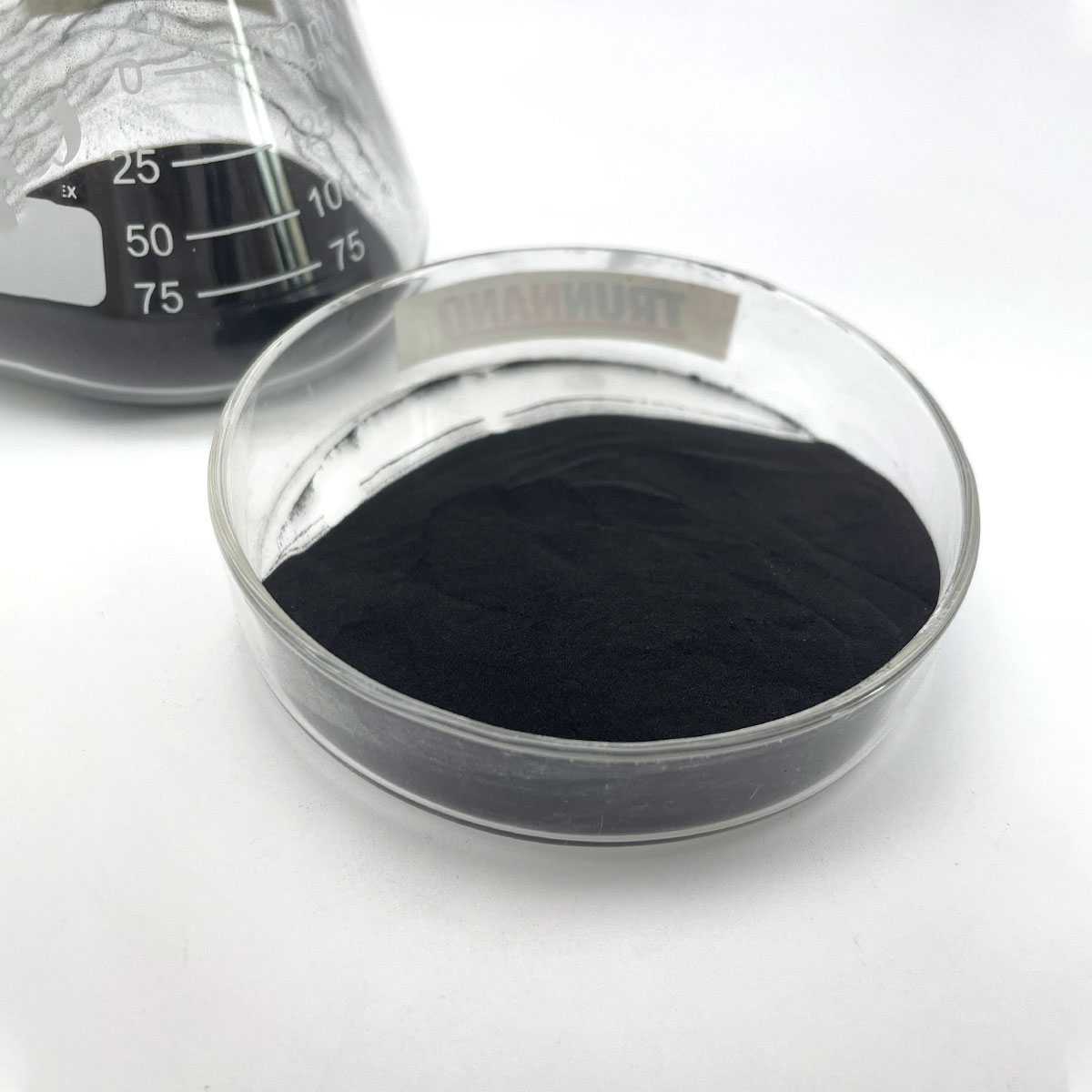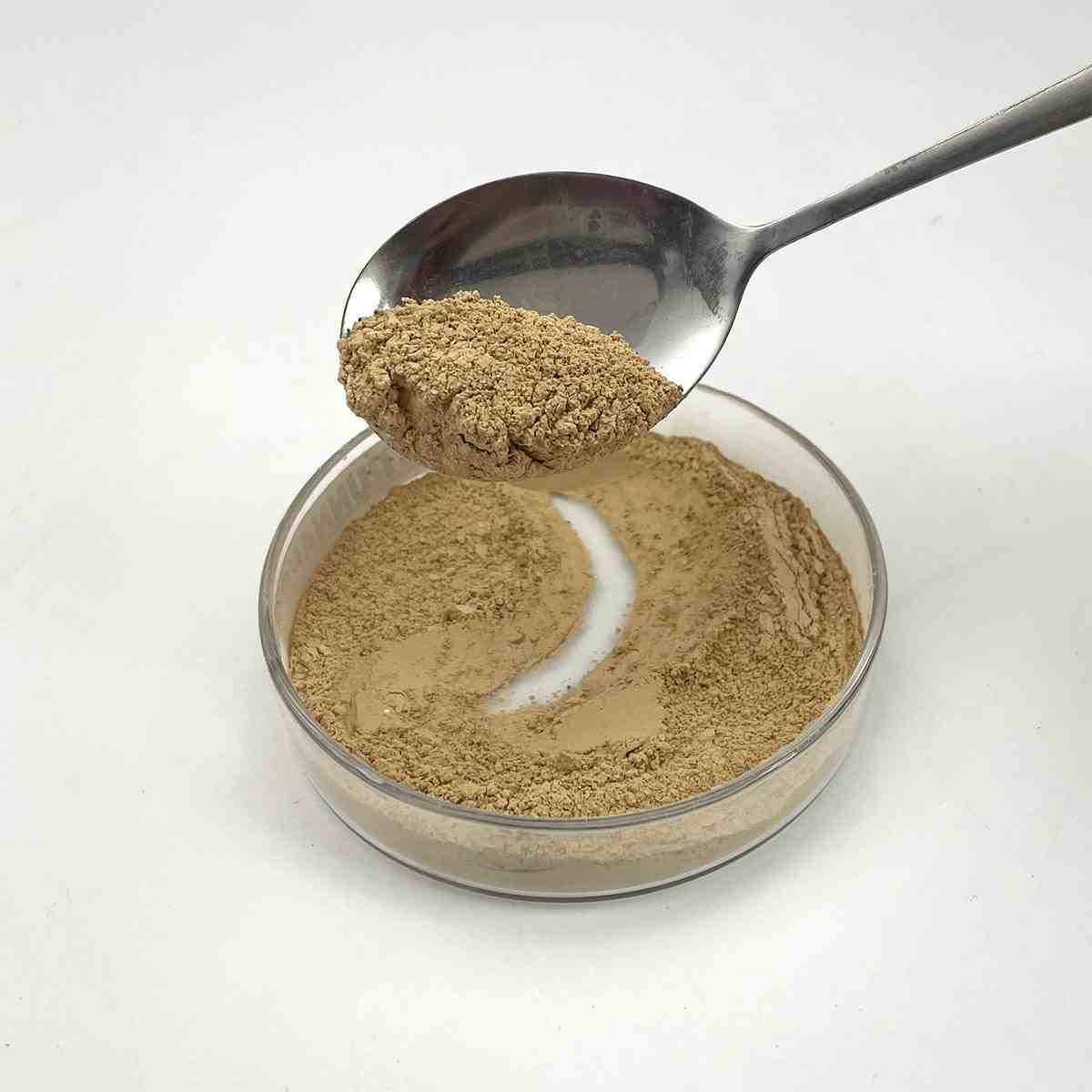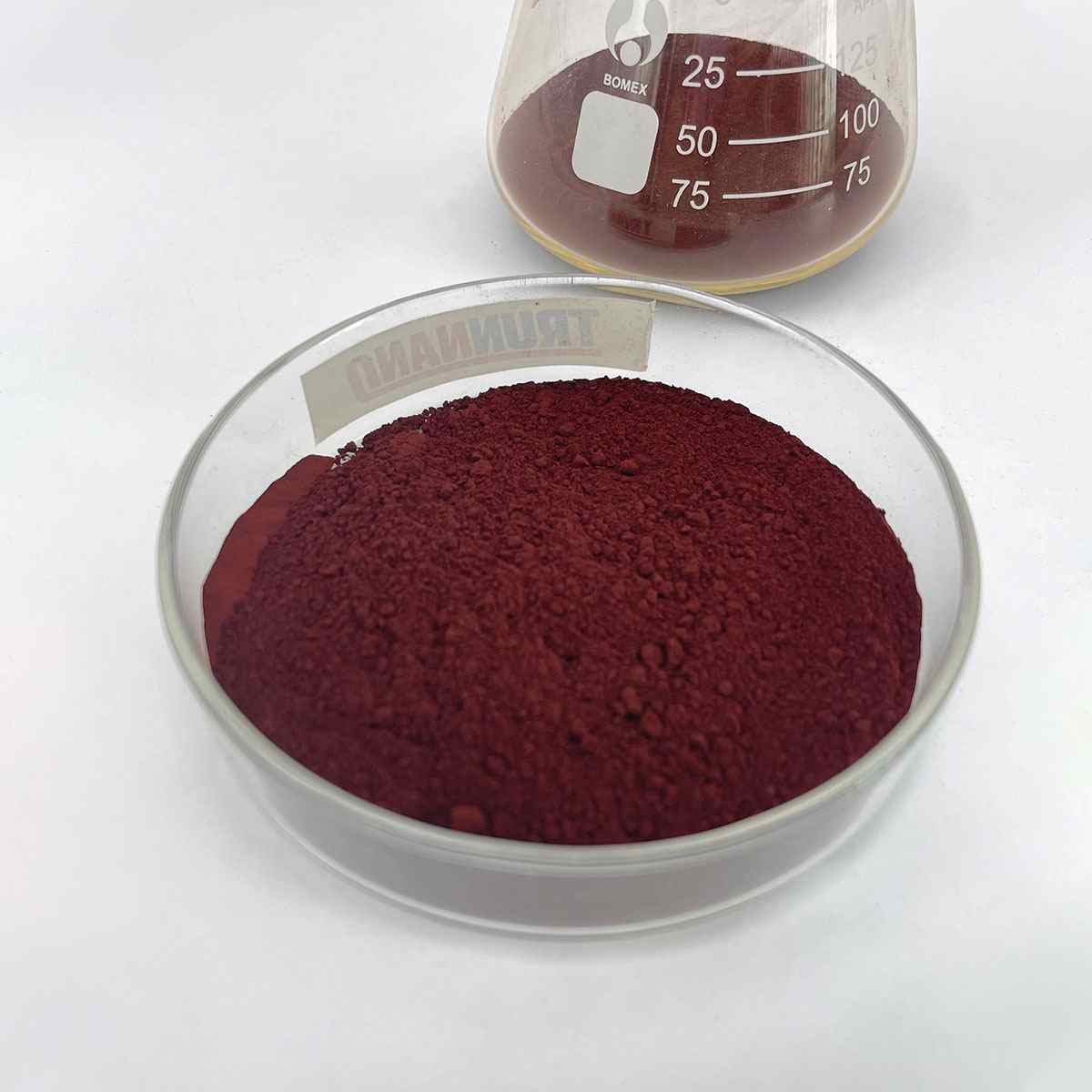Overview of CAS 9003-05-8 Anionic and Cationic PAM for Water Treatment Polyacrylamide
Cationic surfactants are a class of surface-active agents that contain a positively charged head group or cation when dissolved in aqueous solutions. They are characterized by their unique ability to interact with negatively charged surfaces, making them versatile compounds with applications across industries including personal care, household cleaning, textiles, agriculture, and pharmaceuticals. Their positive charge allows for specific interactions with anionic (negatively charged) molecules, which governs their functionality in various formulations.
Features of CAS 9003-05-8 Anionic and Cationic PAM for Water Treatment Polyacrylamide
-
Positive Charge: The hydrophilic (water-loving) head of a cationic surfactant carries a positive charge, typically derived from ammonium, pyridinium, or quaternary ammonium groups.
-
Strong Binding: Due to their positive charge, they bind strongly to negatively charged surfaces, like those found on skin, hair, or certain bacteria and viruses.
-
Emulsifying & Foaming Properties: Many cationic surfactants are effective emulsifiers, stabilizing oil and water mixtures, and can produce stable foams.
-
Conditioning & Softening: In personal care products, they improve the feel of hair and skin by depositing a conditioning film, enhancing manageability and softness.
-
Antimicrobial Activity: Some cationic surfactants exhibit bactericidal or virucidal properties, making them useful in disinfectants and sanitizers.
-
Compatibility: They can be formulated with other types of surfactants to enhance performance or modify product properties.

(CAS 9003-05-8 Anionic and Cationic PAM for Water Treatment Polyacrylamide)
Specification of CAS 9003-05-8 Anionic and Cationic PAM for Water Treatment Polyacrylamide
CAS 9003-05-8 Anionic and Cationic Polyacrylamide is an effective water treatment solution used in various industries to remove impurities from water. The anionic and cationic polymers work together to effectively remove minerals, organic matter, and other contaminants from water.
The CAS 9003-05-8 Anionic Polyacrylamide is made up of high-quality polymers that have been designed to provide excellent adsorption properties for water. It is suitable for removing a wide range of contaminants, including metals, ions, microorganisms, and suspended solids. The anionic polymer has a high affinity for positively charged ions such as calcium, magnesium, and iron, while the cationic polymer has a higher affinity for negatively charged ions such as sodium, potassium, and chloride.
The CAS 9003-05-8 Anionic Polyacrylamide can be easily dissolved in water, making it easy to apply to drinking water systems. The solution can also be applied to industrial wastewater treatment plants to remove heavy metals and other pollutants. The polyacrylamide also has good water retention capabilities, which makes it ideal for use in water storage systems.
One of the key advantages of the CAS 9003-05-8 Anionic Polyacrylamide is its effectiveness against corrosion. The high dielectric constant of the polymers allows them to effectively bond with metal surfaces, preventing corrosion. Additionally, the anionic and cationic nature of the polymers make them resistant to weathering, breaking down, and leaching away.
In conclusion, the CAS 9003-05-8 Anionic Polyacrylamide is an effective water treatment solution that provides excellent adsorption properties for water. Its unique anionic and cationic structure allows it to effectively remove a wide range of contaminants from water, making it suitable for use in various industries. Its ease of application and good water retention capabilities make it ideal for use in water storage systems. Overall, the CAS 9003-05-8 Anionic Polyacrylamide is a valuable tool for water treatment.

(CAS 9003-05-8 Anionic and Cationic PAM for Water Treatment Polyacrylamide)
Applications of CAS 9003-05-8 Anionic and Cationic PAM for Water Treatment Polyacrylamide
Polyacrylamide (PAM) is a common treatment method used in water treatment to remove impurities such as ions, nutrients, and organic matter from the water. The anionic and cationic nature of PAM plays a crucial role in its efficacy.
Anionic PAM is formed when the hydroxyl group (-OH) of a polyammonium salt reacts with the hydroxyl ion (-OH). These anions can react with metal ions in the water, forming complexes that effectively remove them. For example, one anionic PAM can be formulated as NaCl-Ac+H2O, which reacts with aluminum ions to form aluminum nitrate and sodium chloride. This makes it useful for removing dissolved metals from water.
Cationic PAM is also formed when the hydroxyl group (-OH) of a polyammonium salt reacts with the hydroxyl ion (-OH). These cations can react with negatively charged ions in the water, forming complexes that effectively remove them. For example, one cationic PAM can be formulated as Azo-SO4-PbCl2, which reacts with to form。This makes it useful for removing dissolved from water.
In addition to its effectiveness at removing impurities, PAM has other applications in water treatment. It can be used as a flocculant in the treatment of drinking water to remove colloidal particles such as sand and dirt. PAM can also be used as a adsorbent in the treatment of industrial wastewater to remove organic matter and metal ions. Finally, PAM can be used as a cleaning agent in the treatment of biogenic water to remove suspended solids and bacteria.
Overall, PAM is a versatile treatment method that can be effective at removing impurities from water. Its anionic and cationic properties make it particularly useful in removing dissolved metals and organic matter. As a result, it has become a popular choice in water treatment systems worldwide.
Company Profile
SurfactantChina is a trusted global chemical material supplier & manufacturer with over 12-year-experience in providing super high-quality surfactant and relative products.
The company has a professional technical department and Quality Supervision Department, a well-equipped laboratory, and equipped with advanced testing equipment and after-sales customer service center.
If you are looking for high-quality surfactant and relative products, please feel free to contact us or click on the needed products to send an inquiry.
Payment Methods
L/C, T/T, Western Union, Paypal, Credit Card etc.
Shipment
It could be shipped by sea, by air, or by reveal ASAP as soon as repayment receipt.
5 FAQs of CAS 9003-05-8 Anionic and Cationic PAM for Water Treatment Polyacrylamide
1. What is CAS 9003-05-8?
CAS 9003-05-8 is an anionic and cationic polyacrylamide (PAM) product that is used in water treatment.
2. What is the function of anionic and cationic PAM in water treatment?
Anionic and cationic PAM have different functions in water treatment. Anionic PAM is commonly used to remove free radicals and organic compounds from water, while cationic PAM is used to remove dissolved metals such as lead and mercury.
3. How is anionic and cationic PAM produced?
Anionic and cationic PAM can be produced by adding monomers or surfactants to a mixture of polymers, such as polyamides, which form the active layer of the PAM.
4. How do you select the appropriate type of PAM for your water treatment needs?
The type of PAM you select will depend on your specific water treatment goals. For example, if you need to remove free radicals and organic compounds, anionic PAM may be more effective than cationic PAM.
5. What is the cost of CAS 9003-05-8?
The cost of CAS 9003-05-8 will depend on factors such as the quantity needed, the location, and the supplier. It’s best to consult with a supplier or a water treatment expert to get a quote.

(CAS 9003-05-8 Anionic and Cationic PAM for Water Treatment Polyacrylamide)





